When you walk down Grafton Street on a Saturday afternoon or head out to the Phoenix Park for a weekend jog, you’ll see plenty of people dressed in hoodies, sneakers, and joggers. But not all of them are wearing the same thing - and the difference between streetwear and sportswear matters more in Ireland than you might think. In Ireland, where the weather shifts from drizzle to sudden sunshine in minutes and where casual style is a daily necessity, how you dress isn’t just about looks - it’s about function, identity, and even local pride.
Streetwear in Ireland: More Than Just a Look
Streetwear in Ireland isn’t copied from New York or Tokyo - it’s adapted. You’ll spot it on students at Trinity College, in the indie boutiques of Temple Bar, and on the streets of Cork’s English Market. It’s the oversized hoodie from Claddagh Co., the limited-edition graphic tee from Irish Made, or the chunky sneakers from Stitch & Co. that only drop three times a year. Streetwear here is about self-expression with a local twist. It’s wearing a hoodie with a hand-drawn map of Galway Bay on the back, or a cap that says ‘Dublin 1’ in bold serif font.
Unlike sportswear, streetwear doesn’t need to perform. It doesn’t have moisture-wicking seams or reflective strips. It’s designed to be seen, to spark conversation, to signal belonging. In Ireland, where the pub is still the heart of community life, streetwear is the uniform of the creative class - the artist, the musician, the barista who works at Whelan’s and posts photos of their outfits on Instagram. It’s layered, it’s bold, and it’s often a little worn-in. That scuffed sneaker? That’s not a flaw - it’s a story.
Sportswear in Ireland: Built for the Weather, Not the Walk
Sportswear in Ireland has one job: survive the weather. Whether you’re running along the coast in Wicklow, cycling through the Ballyhoura Mountains, or hitting the gym in Limerick, your gear has to handle rain, wind, and damp ground. That’s why you’ll see more Regatta, Decathlon, and Mountain Equipment than you will branded streetwear labels.
Irish sportswear is technical. It has waterproof membranes, thermal linings, and flatlock seams to prevent chafing during long walks in the rain. You’ll find people in Ireland wearing breathable running tights under waterproof jackets, even in summer, because you never know when a sudden downpour will roll in from the Atlantic. The Irish Coast to Coast race, held every September, is a perfect example - participants don’t wear fashion; they wear gear that keeps them dry for 48 hours straight.
Look closer at the labels: sportswear in Ireland often has functional details. Zippered pockets for keys. Thumbholes in sleeves. Reflective logos for safety on dark country roads. These aren’t style choices - they’re survival tools. And that’s the key difference: sportswear is designed for movement, not for Instagram.
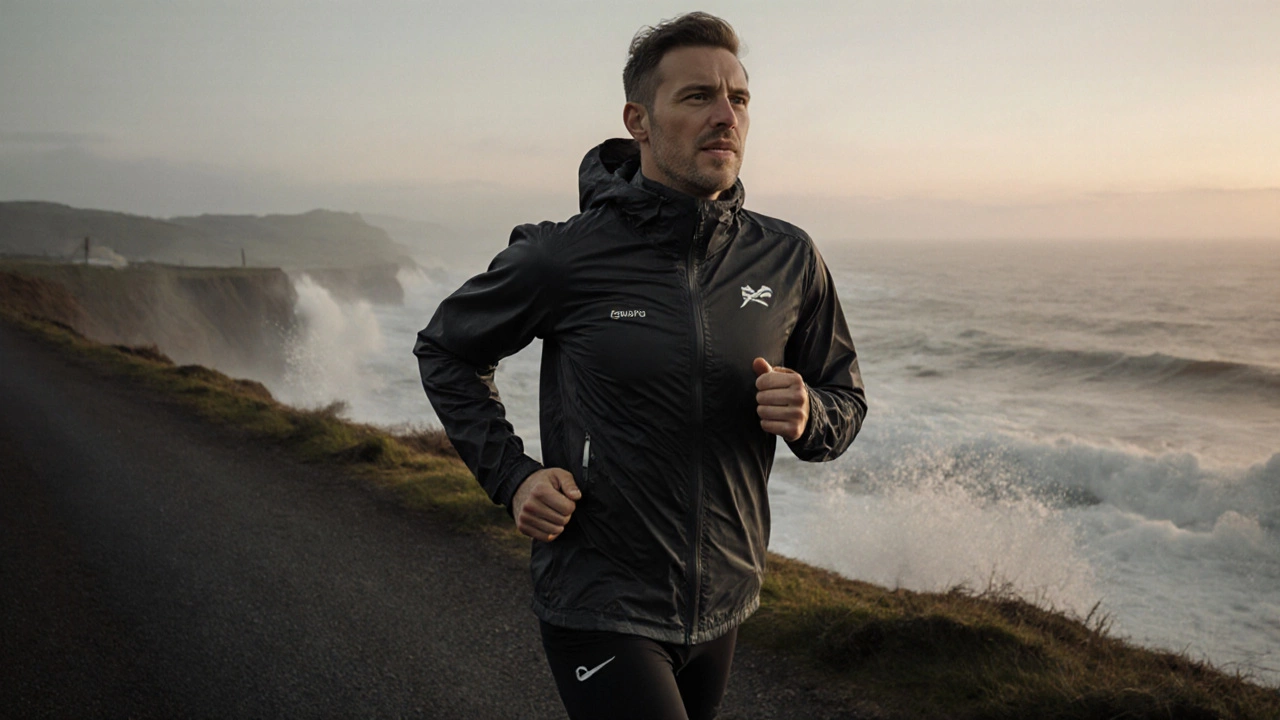
Where They Overlap - And Where They Don’t
There’s no denying that the lines are blurring. You can walk into Primark on O’Connell Street and find a hoodie that says ‘Active’ on the chest - but is it streetwear or sportswear? It depends. If it’s paired with ripped jeans and worn Vans, it’s streetwear. If it’s worn with compression shorts and a heart rate monitor, it’s sportswear.
One big difference? Fit. Streetwear in Ireland leans loose - think baggy jeans, dropped shoulders, and oversized jackets. Sportswear? It’s snug. It hugs the body to reduce drag during runs or to keep heat in during cold mornings on the Dublin canals. You’ll rarely see someone in a performance running top with a 20cm drop in the hem - that’s a streetwear move.
And then there’s the price. Streetwear in Ireland often comes from small, local designers. A Claddagh Co. hoodie might cost €75 - and you’ll wait six months for the next drop. Sportswear? You can get a reliable pair of running shoes from Decathlon for €59.99, and they’ll last through three wet winters.
What to Wear in Ireland - Practical Tips
If you’re new to Ireland and trying to figure out what to buy, here’s what works:
- For daily life in Dublin, Cork, or Galway: Choose streetwear that’s water-resistant. A cotton-poly blend hoodie with a DWR coating (durable water repellent) is better than pure cotton.
- For hiking, cycling, or running: Invest in a base layer from Regatta or Decathlon. Skip the branded sportswear with logos - it’s unnecessary here. Focus on breathability and wind resistance.
- For weekend outings: Layer. A lightweight waterproof shell over a graphic tee (streetwear) with moisture-wicking leggings (sportswear) gives you both style and function.
- For the gym: Stick to sportswear. Even if you’re not training for a marathon, the humidity in Irish gyms is brutal. Cotton will soak up sweat and stay damp for hours.
And here’s a tip most tourists miss: Don’t buy sportswear based on American brands alone. Brands like Adidas and Nike are everywhere, but their Irish-specific designs are rare. Local brands like Irish Made and Claddagh Co. often design for our climate - and they know what works.
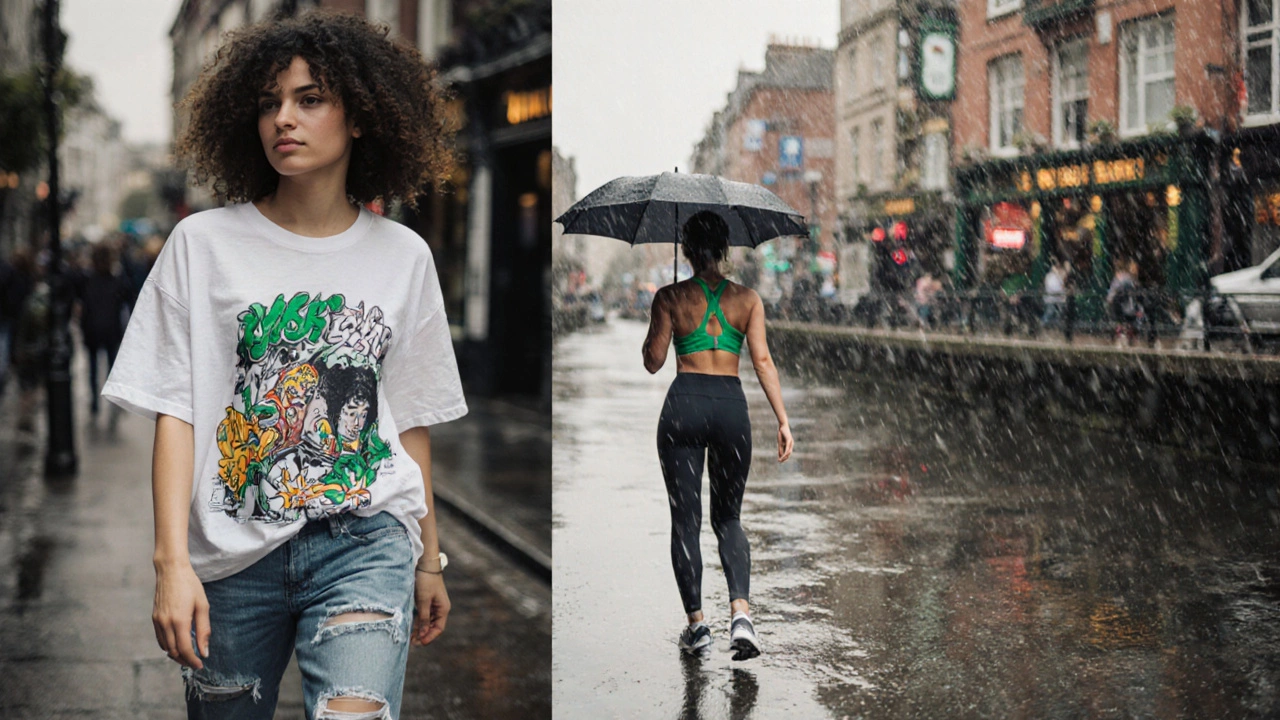
The Cultural Divide
In Ireland, how you dress says something about where you’ve been and what you do. A man in a branded running suit jogging through the Phoenix Park? Probably a fitness enthusiast or a recent expat. A woman in a faded band tee, cargo pants, and chunky boots walking her dog in Howth? Likely a local who’s been here long enough to know that rain isn’t an event - it’s the default setting.
Streetwear in Ireland carries a quiet rebellion. It’s a nod to the DIY culture of punk gigs in Belfast, the indie music scene in Limerick, and the street art on the walls of Belfast’s Cathedral Quarter. Sportswear? It’s quiet pragmatism. It’s the farmer’s wife who wears her waterproof leggings under her coat to check the sheep. It’s the teacher who runs to work every morning because the bus is late - again.
You don’t need to choose one or the other. Most Irish people mix them. But knowing the difference helps you make smarter choices - whether you’re buying your first pair of running shoes, shopping for a gift, or just trying to look like you belong.
Final Thought: It’s Not About Labels - It’s About Life
In Ireland, fashion isn’t about trends. It’s about resilience. Streetwear lets you say who you are. Sportswear lets you keep going when the weather says no. And the best outfits? They’re the ones that let you do both - whether you’re heading to a gig in Cork, running the Howth Cliff Walk, or just waiting for the bus in the rain on a Tuesday morning in Sligo.
Can I wear sportswear as streetwear in Ireland?
Yes, but only if it’s styled right. Plain black joggers and a plain hoodie from Decathlon can work as streetwear if paired with a denim jacket and clean sneakers. But avoid logos, bright colors, or technical fabrics like mesh panels - they scream gym, not Galway. Stick to neutral tones and simple cuts.
Is streetwear more expensive than sportswear in Ireland?
Generally, yes. Local streetwear brands like Claddagh Co. or Irish Made charge €60-€90 for hoodies because they’re small-batch, locally made, and often hand-printed. Sportswear from Decathlon or Regatta costs €30-€70 and lasts longer in harsh weather. You pay more for style with streetwear, less for function with sportswear.
What’s the best brand for Irish weather?
For sportswear, Regatta and Decathlon lead the pack - their gear is tested in Irish conditions. For streetwear, Claddagh Co. and Stitch & Co. offer water-resistant fabrics and Irish-designed graphics. Avoid cheap fast fashion - it won’t hold up through a wet winter.
Do Irish people care about brand names in fashion?
Not really. You’ll see more people wearing a plain hoodie from Dunnes Stores than a Nike logo tee. Authenticity matters more than branding. If your clothes reflect your lifestyle - whether you’re a runner, a student, or a local artist - that’s what counts.
Can I buy Irish-made streetwear online?
Yes. Brands like Irish Made, Claddagh Co., and The Irish Design Shop ship across Ireland and the UK. Many offer free delivery for orders over €50, and their packaging is often made from recycled materials - which fits Ireland’s growing eco-conscious culture.

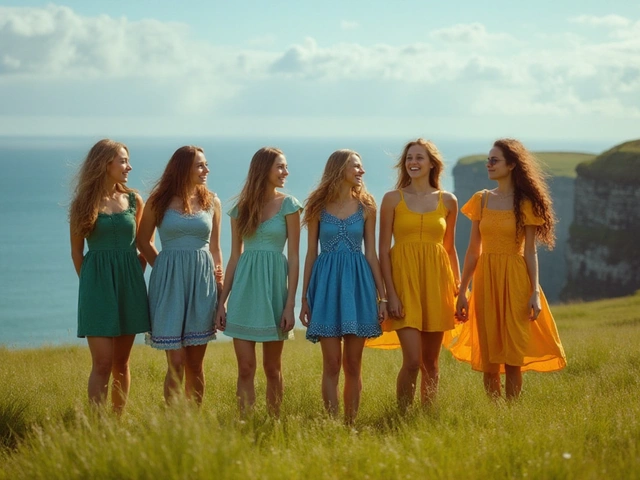
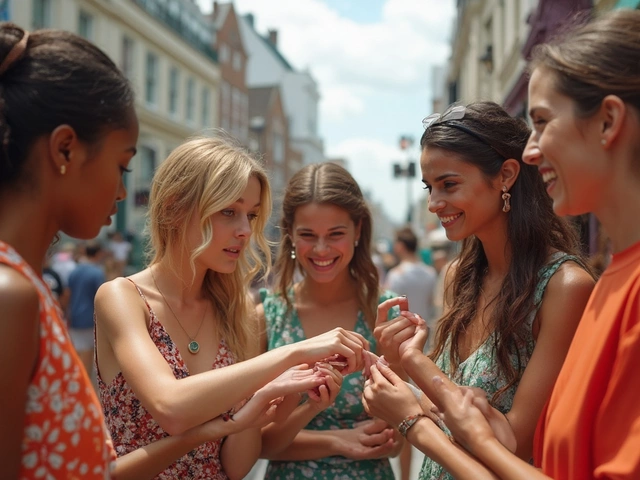
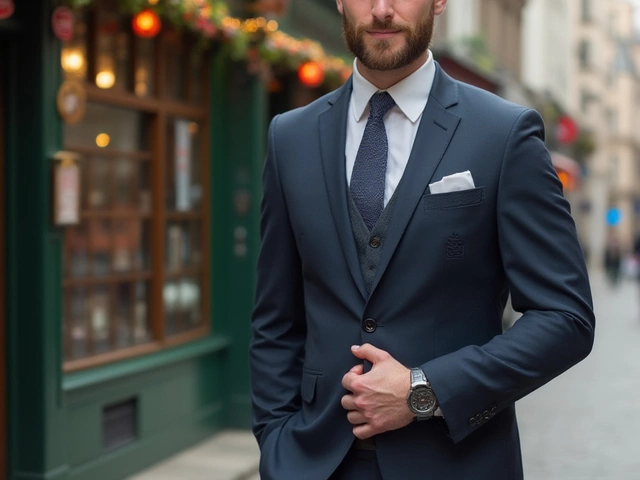
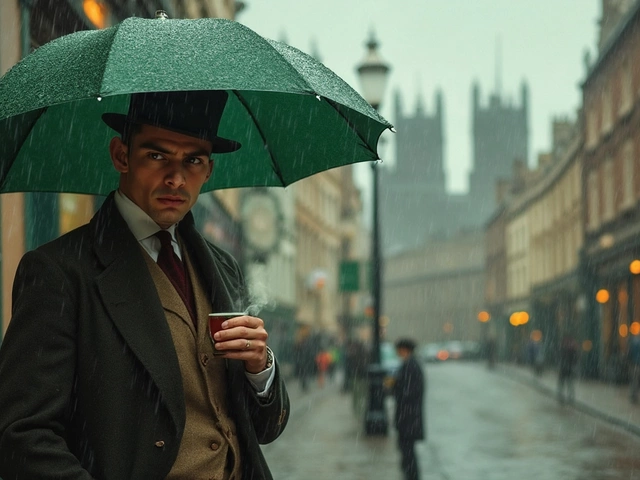
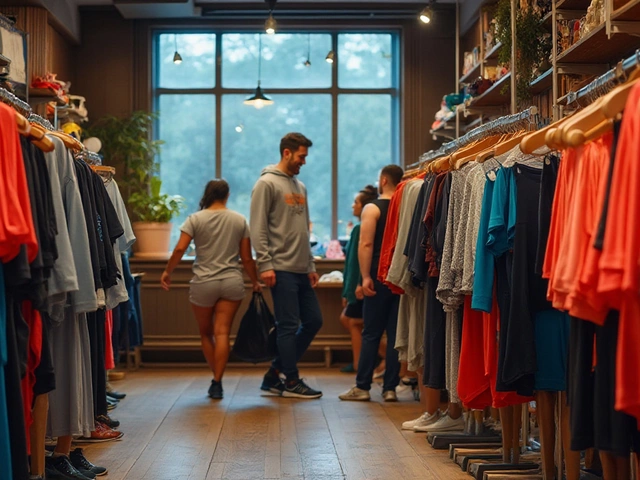
Write a comment